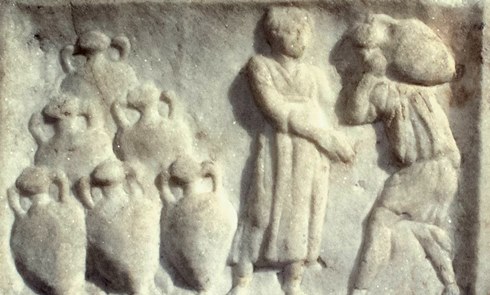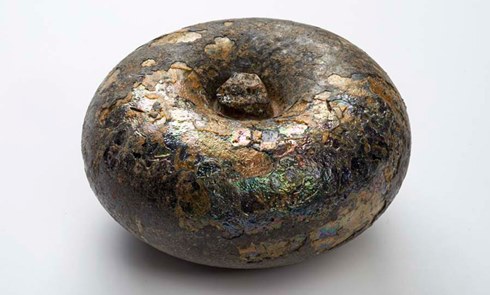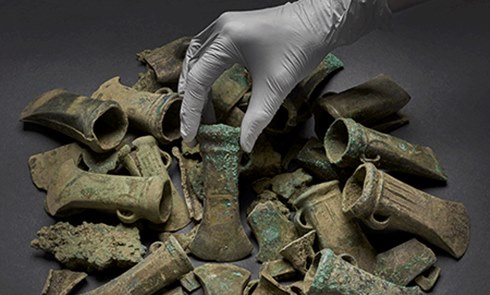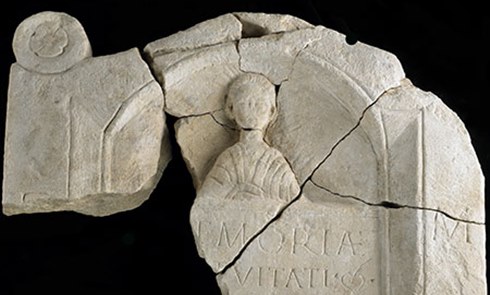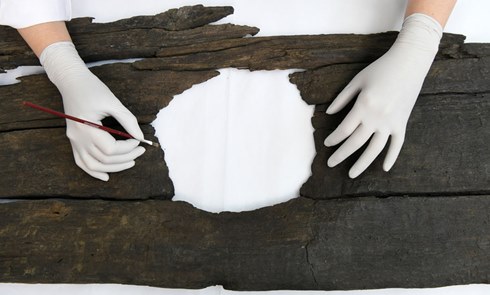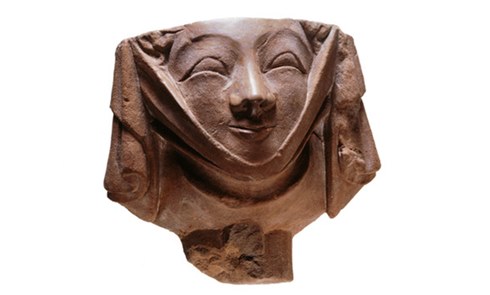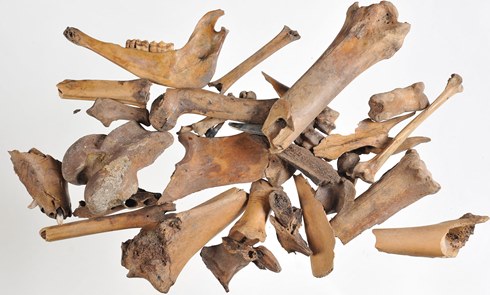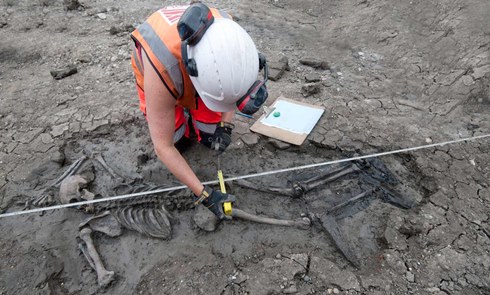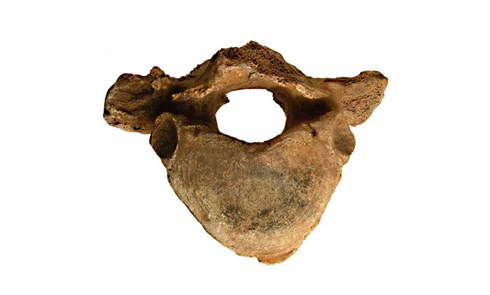Hidden London: What lies beneath
Every month we bring to you a thematic selection of some amazing stories from our collection.
The new museum coming in 2026 will be situated at the heart of the capital’s historic Smithfield area next to Farringdon.
Until then, the fun continues at our Docklands museum!

Every month we bring to you a thematic selection of some amazing stories from our collection.
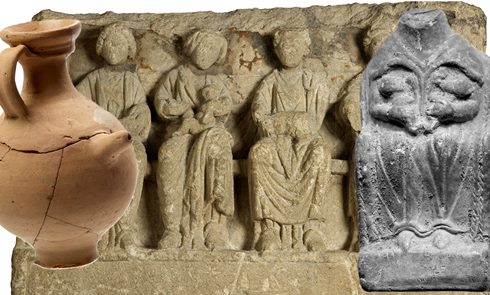
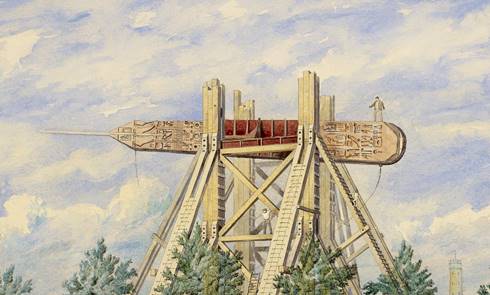
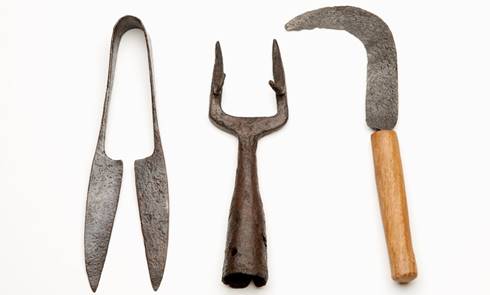
![Teeth of a male from the medieval period, coming from the excavations of St Mary Spital, Augustinian Priory, during development of the Spitalfields Market. (ID no.: SRP98 [3779])](/application/files/2016/5660/5614/Dental_delights_GL_490_Dentition_Medieval_Spitalfields_MoL.jpg)
